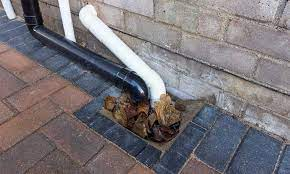Blocked drains are one of the most common plumbing issues that homeowners face. A blocked drain is typically the primary tube or vessel for waste products or liquid waste to be flushed away, either via a waste outlet flushing system, funnels, into an alternate receptacle, or to the sewer system for disposal.
Because most blocked drains are caused by accumulated debris, such as hair, food wrappers, or dust, the best way to fix the problem is to clear out the debris so that it no longer poses a risk to the public’s safety. Cleaning out a blocked drain in this way is fairly simple: all you need to do is use your plunger or a water hose to effectively remove all the grime and blockage. However, if your drain is more severe, then you may need to use specialized tools such as drain cleaners or sewer snake augers and it may be worth using the services of a CCTV Surveys Gloucester company to inspect what is causing the blockage.
One of the most common causes of blocked drains is overflowing drains. These can be caused by a number of different things including; a garden hose leaking onto a floor, a tree branch leaning down on the pipe, or even a tree root clogging the vent pipe. When an overflowing drain becomes blocked, all of the waste products in the pipes will mix with each other and spill out into the drainage system, causing a backup of sewage that will eventually lead to flooding. The best way to prevent this from happening is to regularly empty out any bird baths, bird feeders, bird baths, and any other receptacles that might cause a buildup of debris in the drains.


